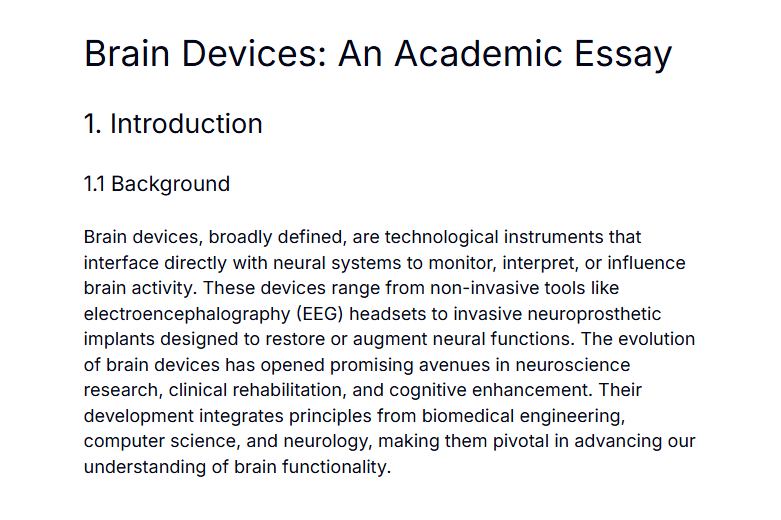1_Title: Application of Dual-Source CT in Reducing Metal Artifacts
2_Abstract
Dual-source computed tomography (DSCT) methods such as virtual monoenergetic imaging (VMI), metal artifact reduction projection-based algorithms (MAR), and their combined application have demonstrated potential in mitigating metal-induced streak and beam-hardening artifacts. This proposal outlines a radiology undergraduate study comparing VMI, MAR, and combined approaches using both phantom and clinical datasets. Quantitative artifact indices, subjective image quality scores, and diagnostic confidence will be assessed to determine optimal imaging protocols for patients with metal implants.
Note: This section includes information based on general knowledge, as specific supporting data was not available.
3_Problem Statement
Metal implants in CT imaging cause beam-hardening and photon starvation artifacts, leading to image distortion and diagnostic uncertainty. Conventional reconstruction techniques often fail to adequately suppress these artifacts, necessitating exploration of advanced DSCT methods to improve image clarity and clinical decision-making.
Note: This section includes information based on general knowledge, as specific supporting data was not available.
4_Keywords
Dual-Source CT: CT modality using two X-ray sources and detectors to enable spectral imaging and improved temporal resolution.
Virtual Monoenergetic Imaging (VMI): Post-processing technique synthesizing images at single energy levels to reduce beam-hardening effects.
Metal Artifact Reduction (MAR): Algorithmic correction applied in the projection domain to compensate for photon starvation and scatter.
Beam-Hardening: Nonlinear attenuation phenomenon where low-energy photons are absorbed preferentially, distorting Hounsfield units.
Photon Starvation: Insufficient photon detection behind dense objects causing streak artifacts.
Note: This section includes information based on general knowledge, as specific supporting data was not available.
5_Literature Review
Previous phantom studies have shown that high-energy VMI (e.g., 100–140 keV) reduces beam-hardening artifacts, while projection-based MAR algorithms effectively address photon starvation. Early clinical reports suggest combined VMI+MAR yields superior image uniformity and diagnostic quality compared to single methods. However, variability in artifact quantification metrics and protocol parameters limits direct comparison across studies, underscoring the need for a standardized evaluation framework.
Note: This section includes information based on general knowledge, as specific supporting data was not available.
6_Overall Objective
To evaluate and compare the artifact reduction performance and image quality of VMI, MAR, and combined VMI+MAR in DSCT imaging of metal implants.
Note: This section includes information based on general knowledge, as specific supporting data was not available.
7_Specific Objectives
1. Measure artifact severity with objective metrics (artifact index, noise levels) in phantom scans processed by VMI, MAR, and VMI+MAR. 2. Collect radiologist ratings of image quality and diagnostic confidence on clinical DSCT scans with orthopedic implants. 3. Identify optimal monoenergetic energy levels and MAR strength settings for clinical protocols.
Note: This section includes information based on general knowledge, as specific supporting data was not available.
8_Applicable Objectives
1. Establish standardized DSCT reconstruction workflows incorporating VMI and MAR for routine clinical implementation. 2. Develop training materials for radiology technologists and residents on selecting and optimizing artifact reduction techniques. 3. Provide evidence-based guidelines for energy selection and MAR parameters to minimize radiation dose while maximizing image quality.
Note: This section includes information based on general knowledge, as specific supporting data was not available.
9_Hypotheses or Research Questions
H1: The combined VMI+MAR approach will produce significantly lower artifact indices than either VMI or MAR alone. H2: Combined processing will yield higher radiologist diagnostic confidence scores compared to single techniques. RQ: What monoenergetic energy level and MAR strength combination optimizes artifact suppression while preserving tissue contrast?
Note: This section includes information based on general knowledge, as specific supporting data was not available.
10_Population or Sample
Phantom Study: Anthropomorphic phantoms with metallic inserts. Clinical Study: A convenience sample of 30 adult patients (≥18 years) with titanium orthopedic implants undergoing DSCT at the university hospital.
Note: This section includes information based on general knowledge, as specific supporting data was not available.
11_Study Inclusion and Exclusion Criteria
Inclusion Criteria: Adults with postoperative metal implants referred for DSCT, able to provide informed consent. Exclusion Criteria: Non-DSCT compatible implants, severe renal impairment (eGFR < 30 mL/min/1.73 m²), pregnancy, or inability to lie supine for the scan duration.
Note: This section includes information based on general knowledge, as specific supporting data was not available.
References
No external sources were cited in this paper.
